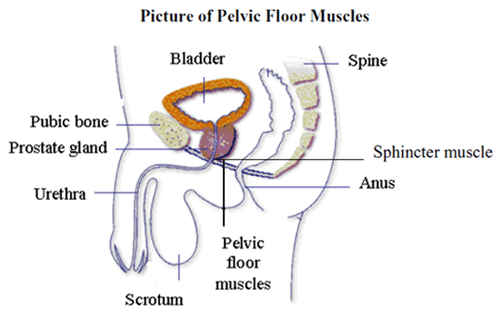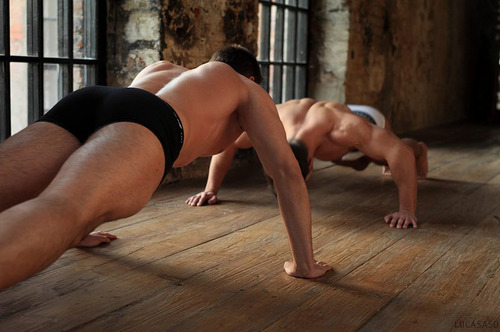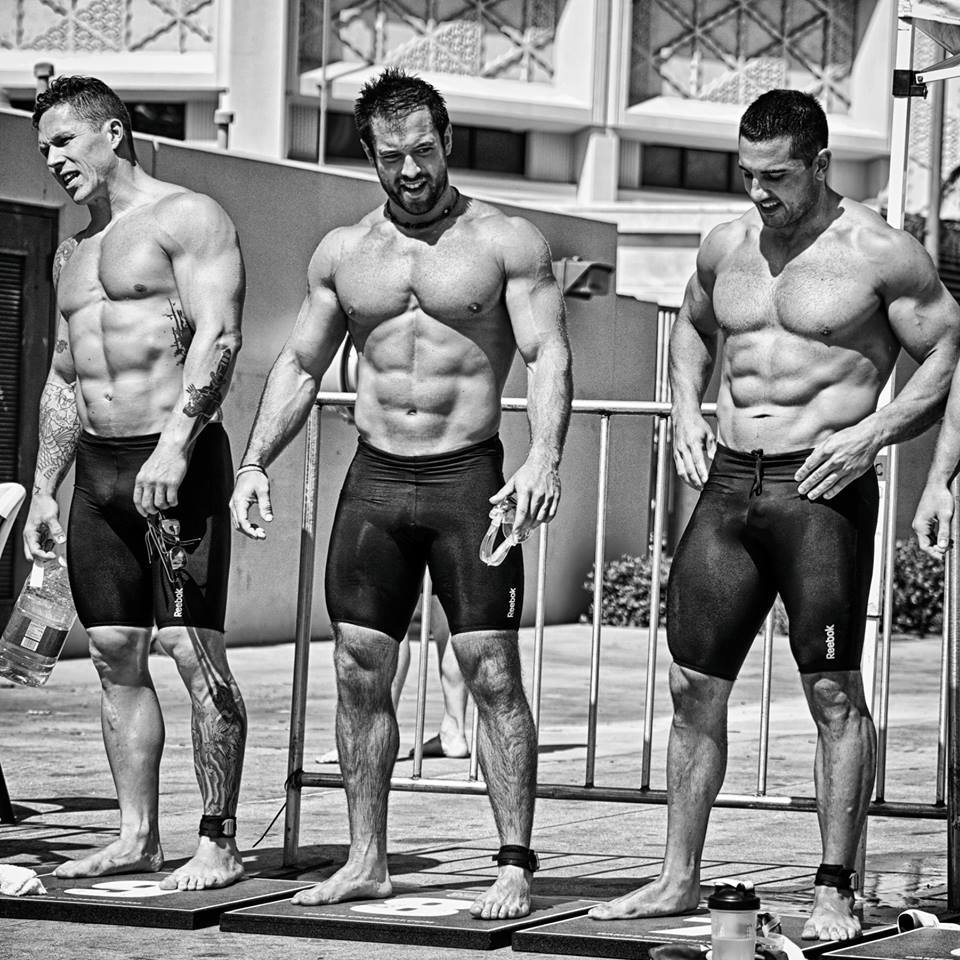Say what? It’s true. Kegel exercises aren’t just for women.
First things first, what are the benefits of Kegel exercises for guys? Turns out, the list is pretty long and impressive:
- Reduces urinary or fecal incontinence
- Eliminates dribbling after urination
- May even reduce premature ejaculation, erection issues and/or strength of the erection
In other words, Kegel exercises are good for your penis. And the great news is that you can do them pretty much anywhere at any time. In fact, I’m doing them right now.
Kegel exercises are all about strengthening your pelvic floor muscles, called the pubococcygeus or PC muscles for short. These muscles stretch from your anus to your sphincter and are actually pretty easy to identify. Next time you are peeing, cut off the stream halfway through your urination. The contraction that you feel is your PC muscles going to work.
 A Kegel repetition is actually pretty easy. Simply contract and release your PC muscles. And then repeat. As you get more advanced, you may squeeze and hold for three seconds before releasing. When you become a Kegel expert, you’ll even be able to isolate each muscle in your pelvic floor and work them separately.
A Kegel repetition is actually pretty easy. Simply contract and release your PC muscles. And then repeat. As you get more advanced, you may squeeze and hold for three seconds before releasing. When you become a Kegel expert, you’ll even be able to isolate each muscle in your pelvic floor and work them separately.
Experts recommend doing 3 sets of 15 repetitions per workout, which you can perform three times per day. An easy way to remember is to do your Kegels at breakfast, lunch and dinner. There’s no need to get undressed (unless you want to) and you can do your Kegels while standing, sitting or laying down.
Kegels are fast, simple and provide some great benefits. And since we already spend time exercising the rest of our body, why not rise to the occasion and make some extra time for our penises?
P.S. Also want a stronger core? Give Davey Wavey’s Six Pack Workout a try today and you’ll received 5, 12-minute professionally filmed ab workouts that you can do at home.


















